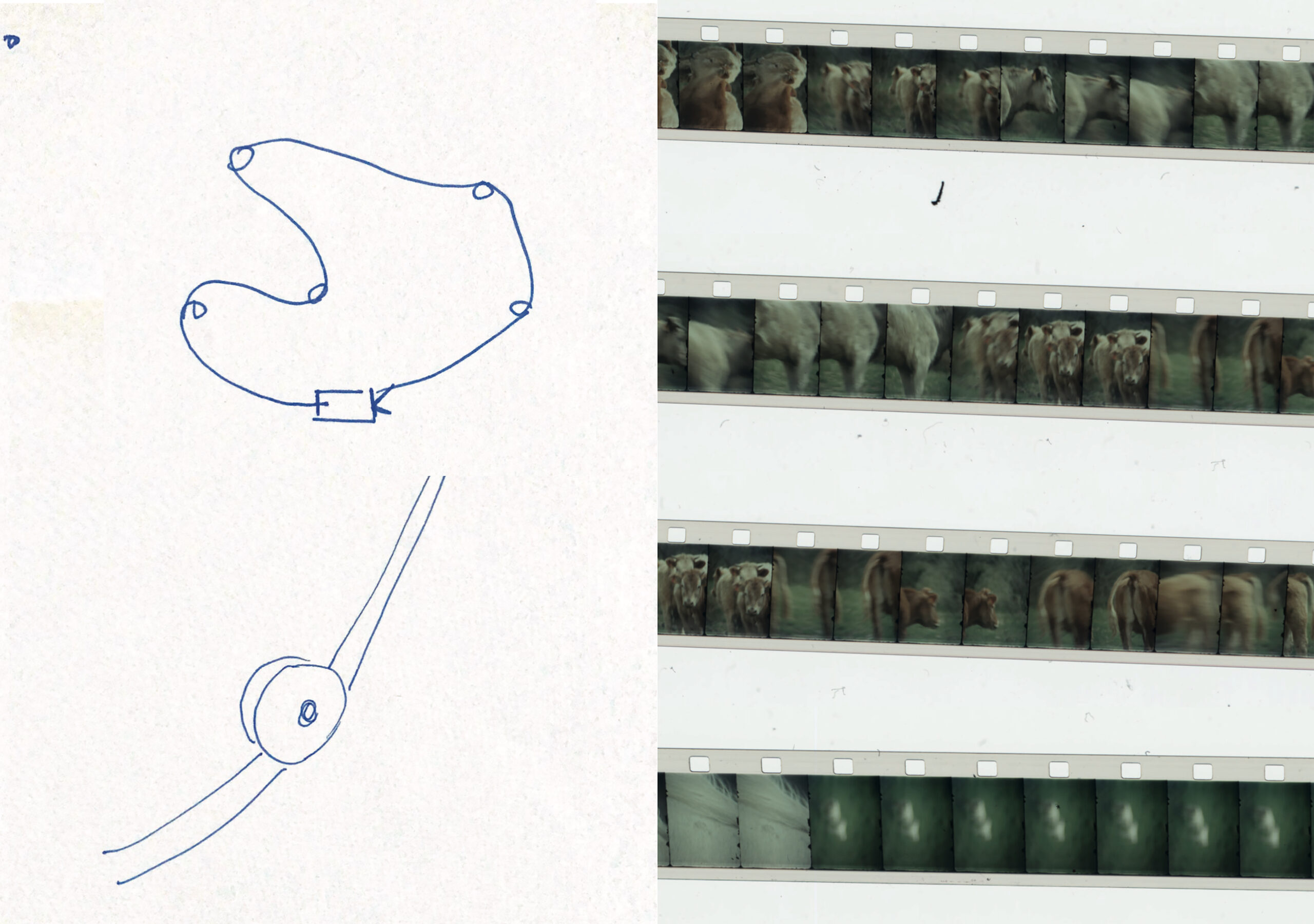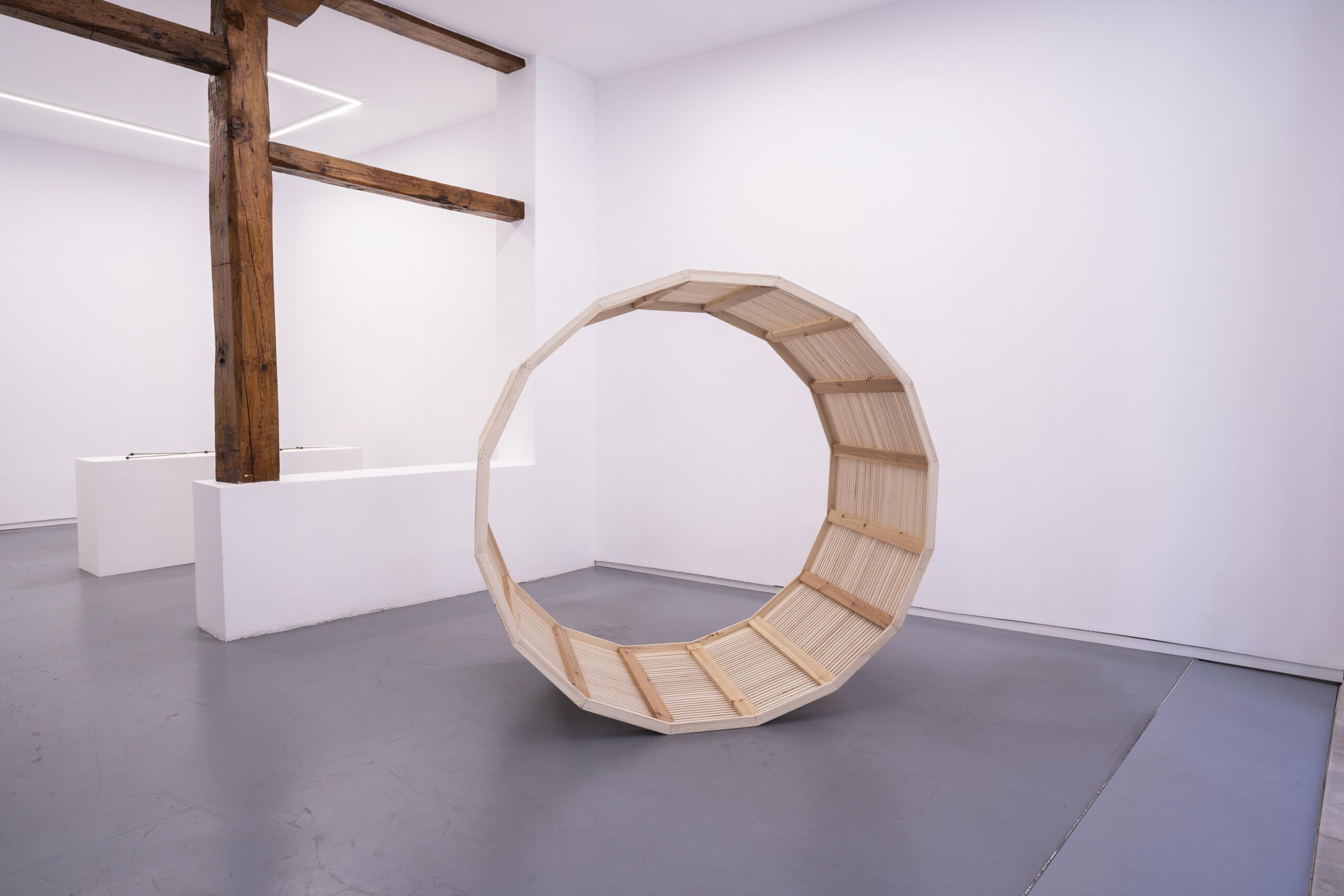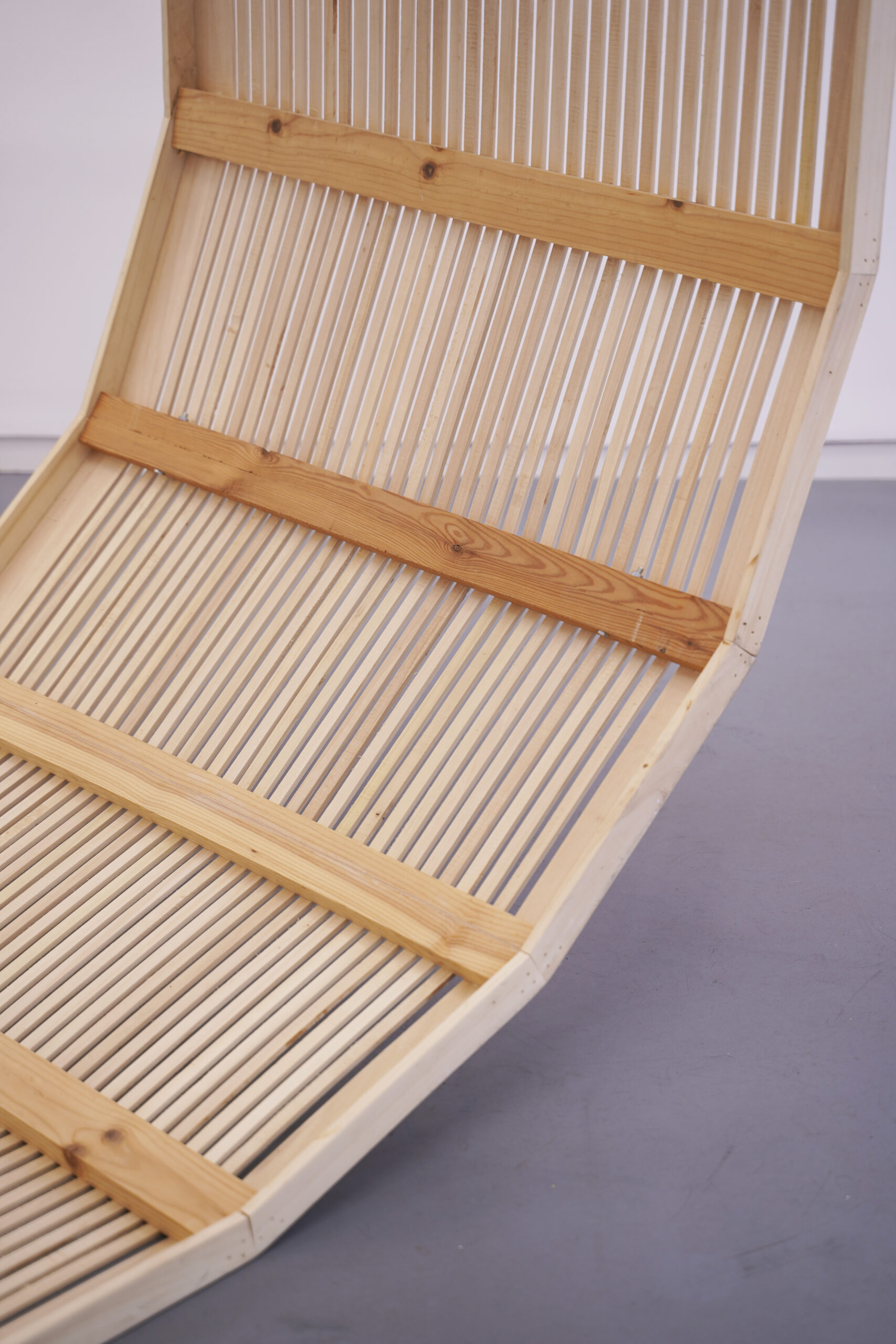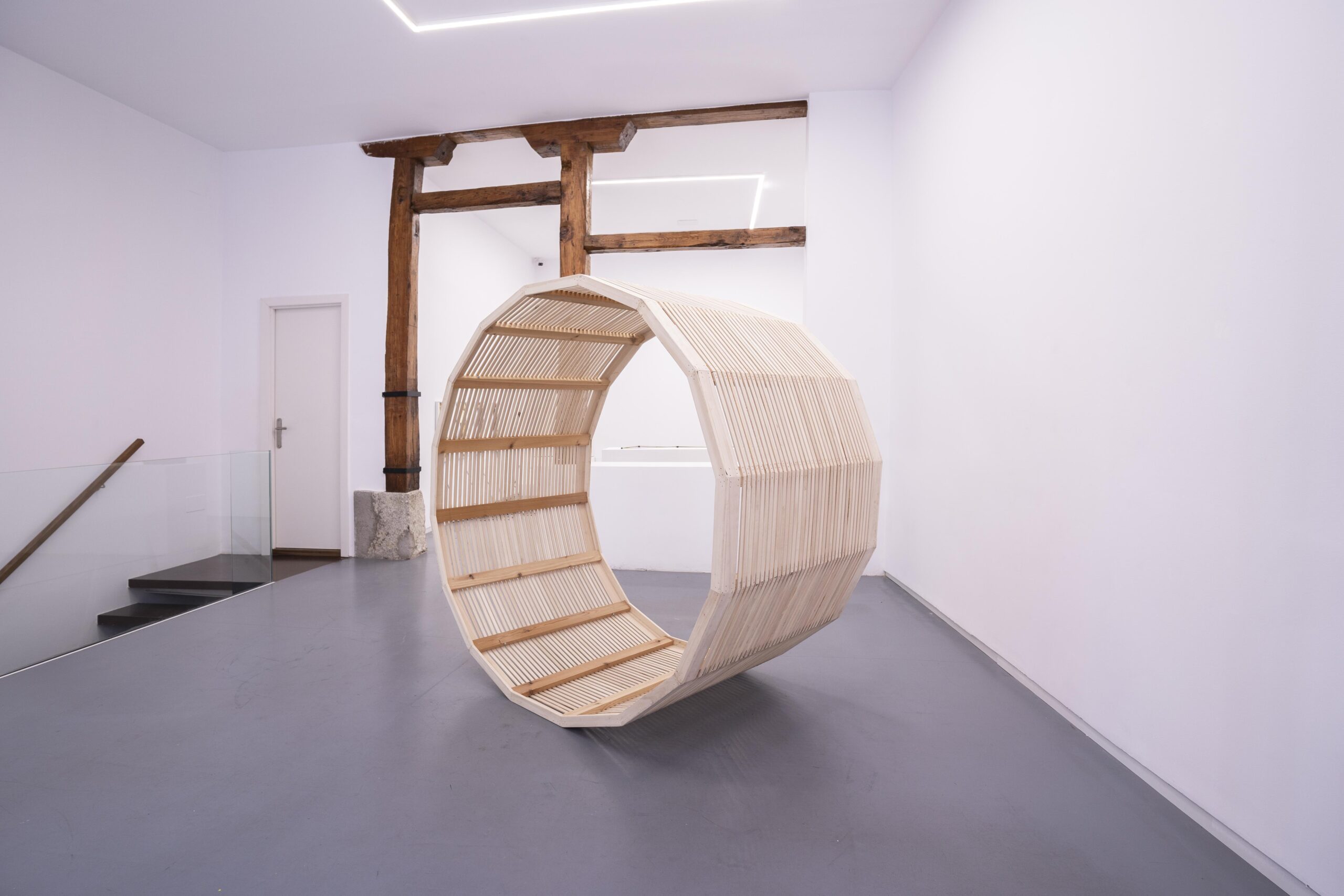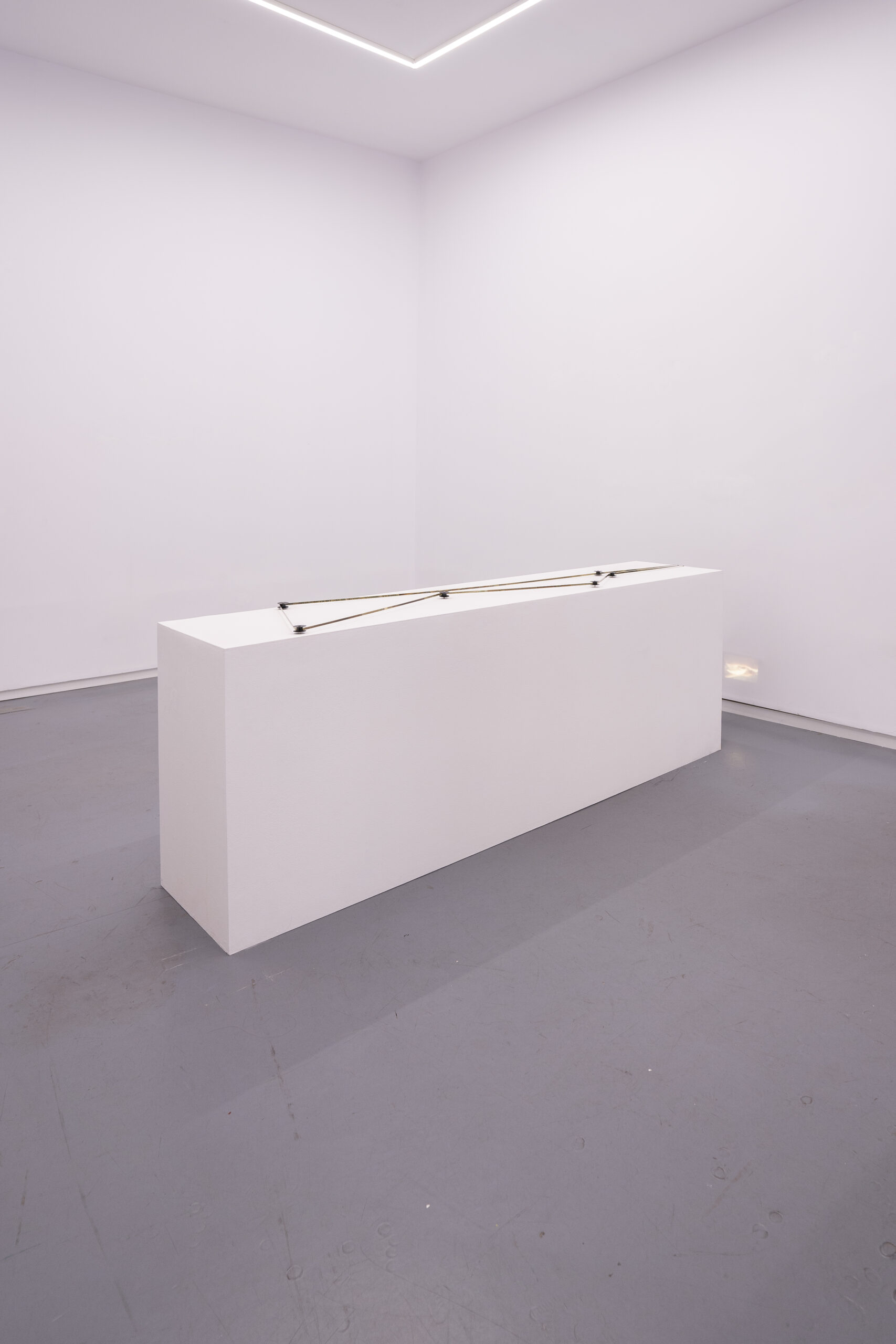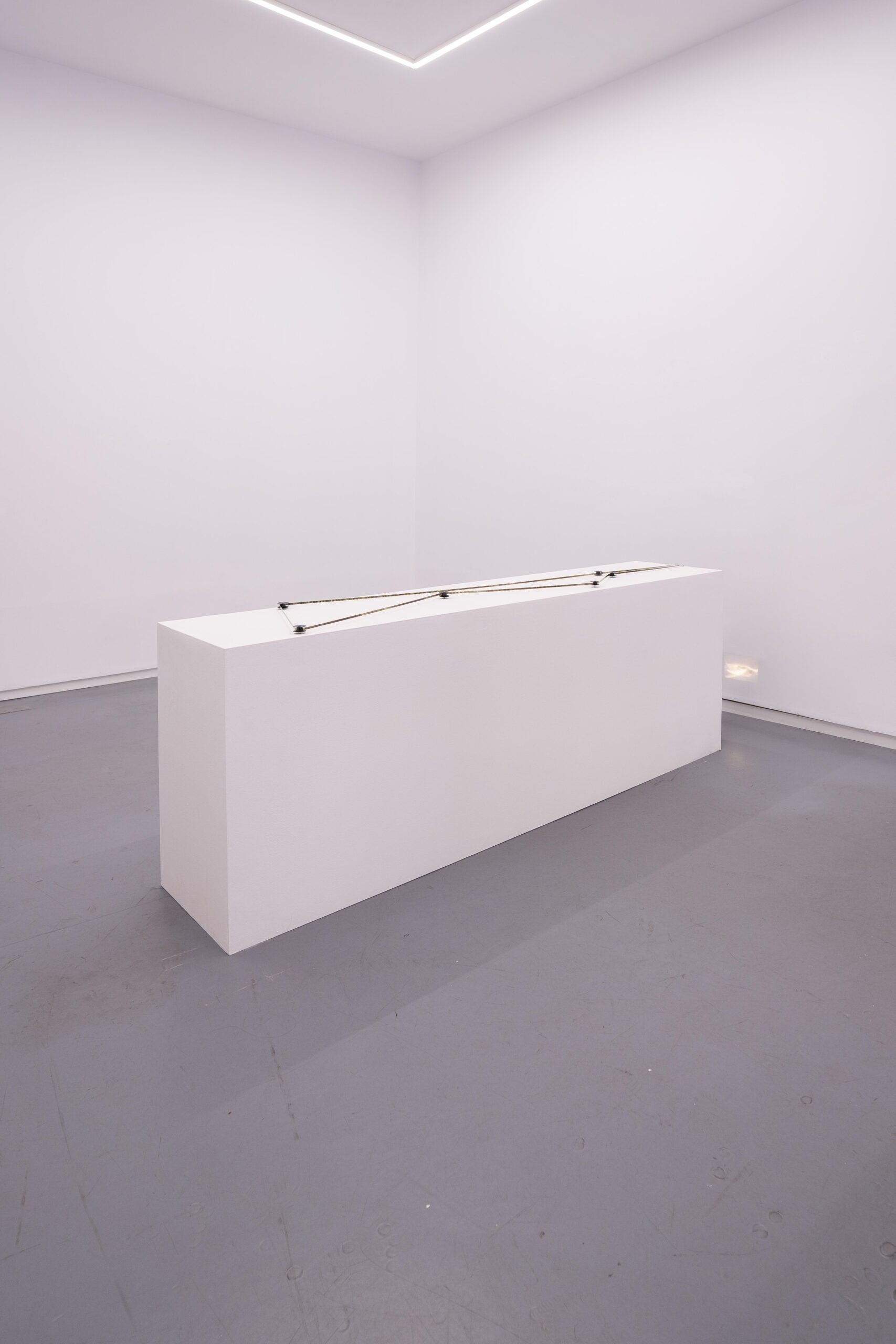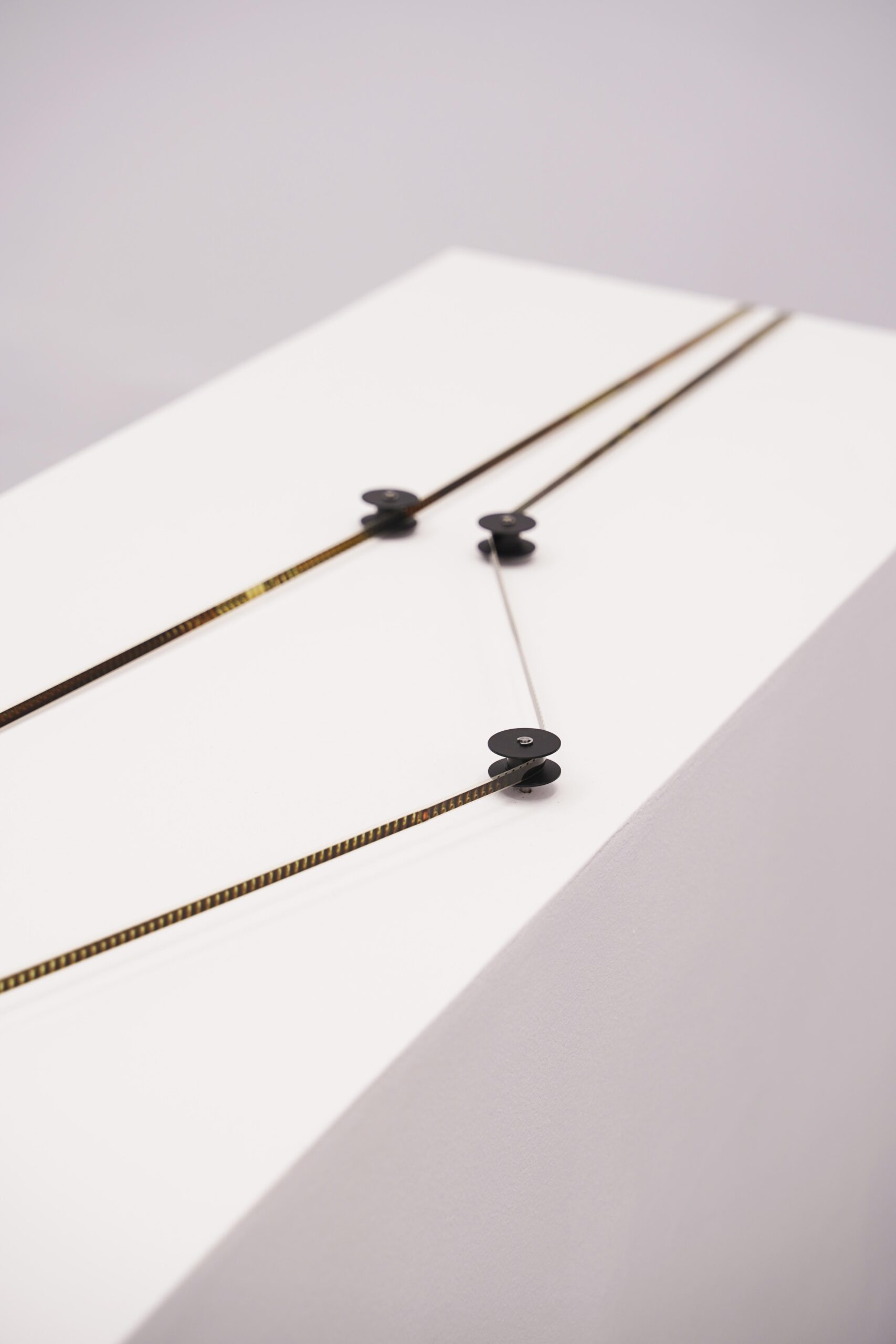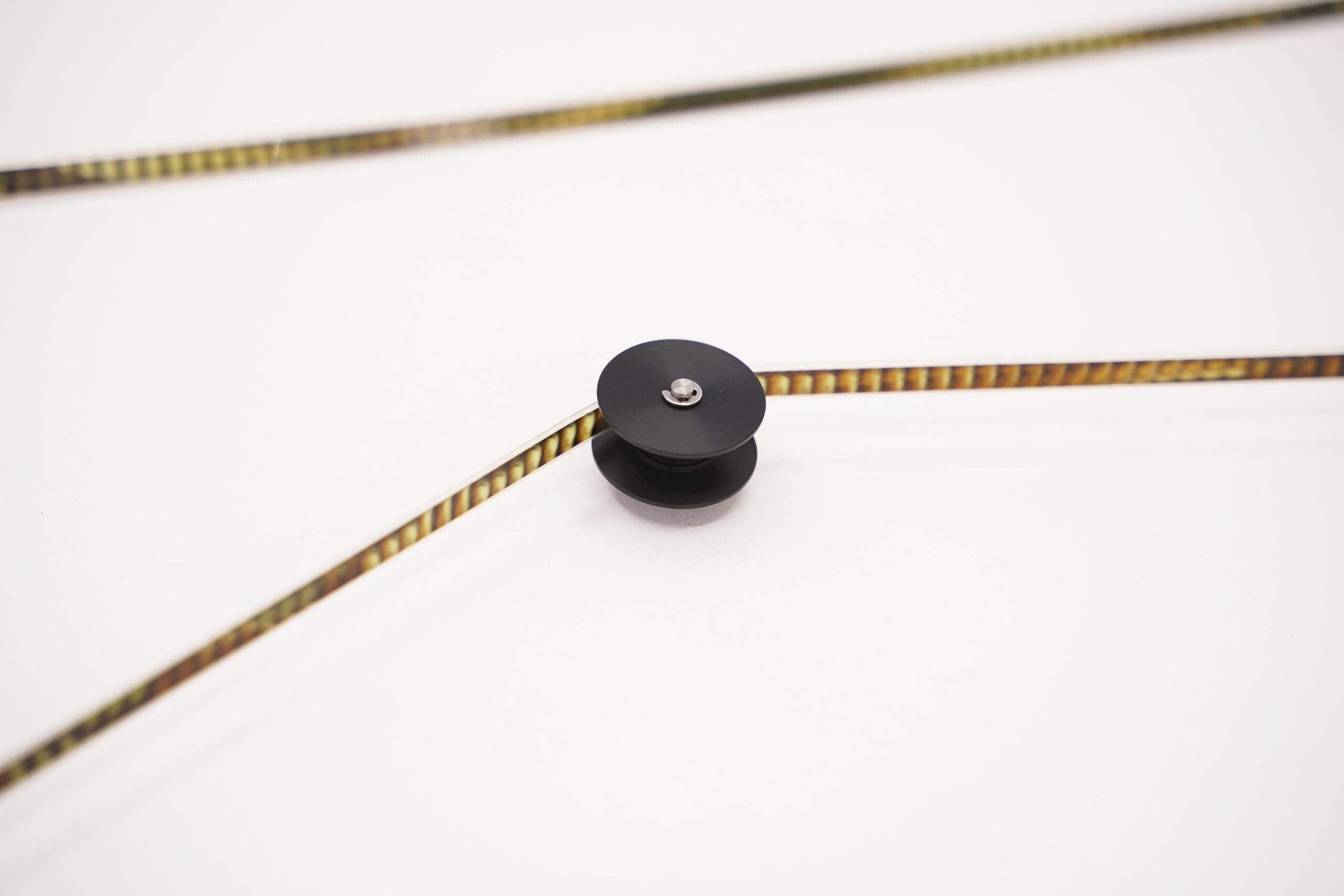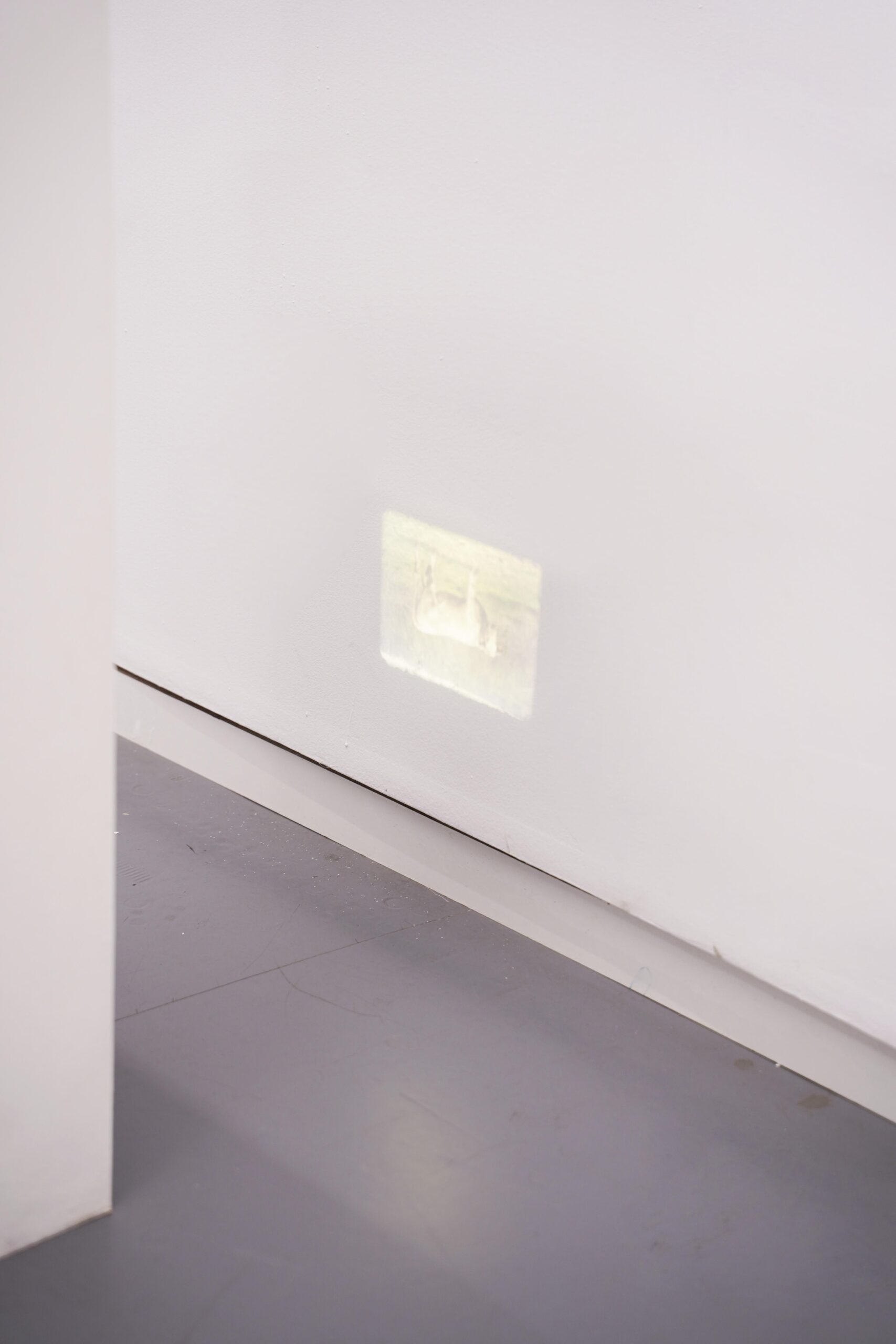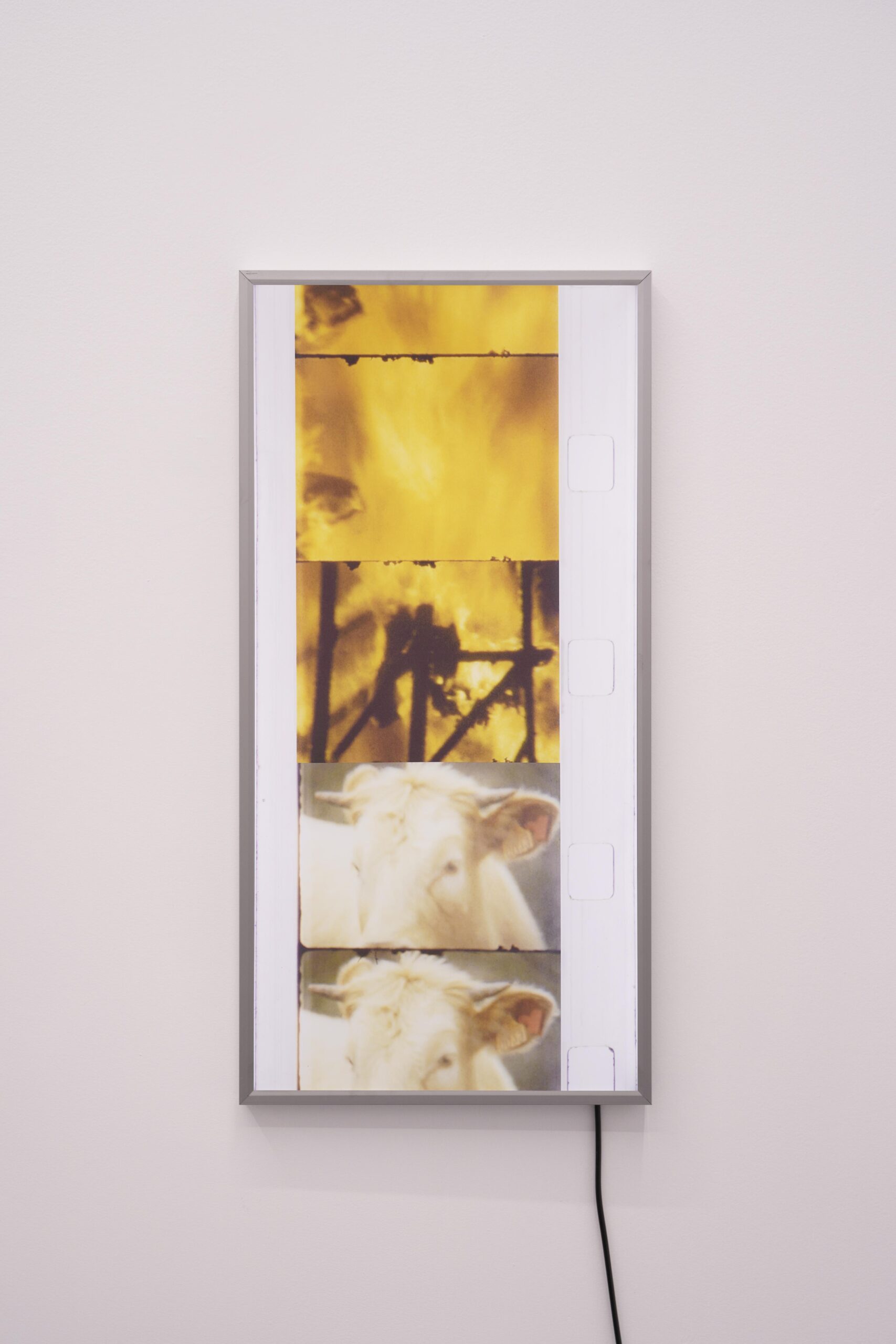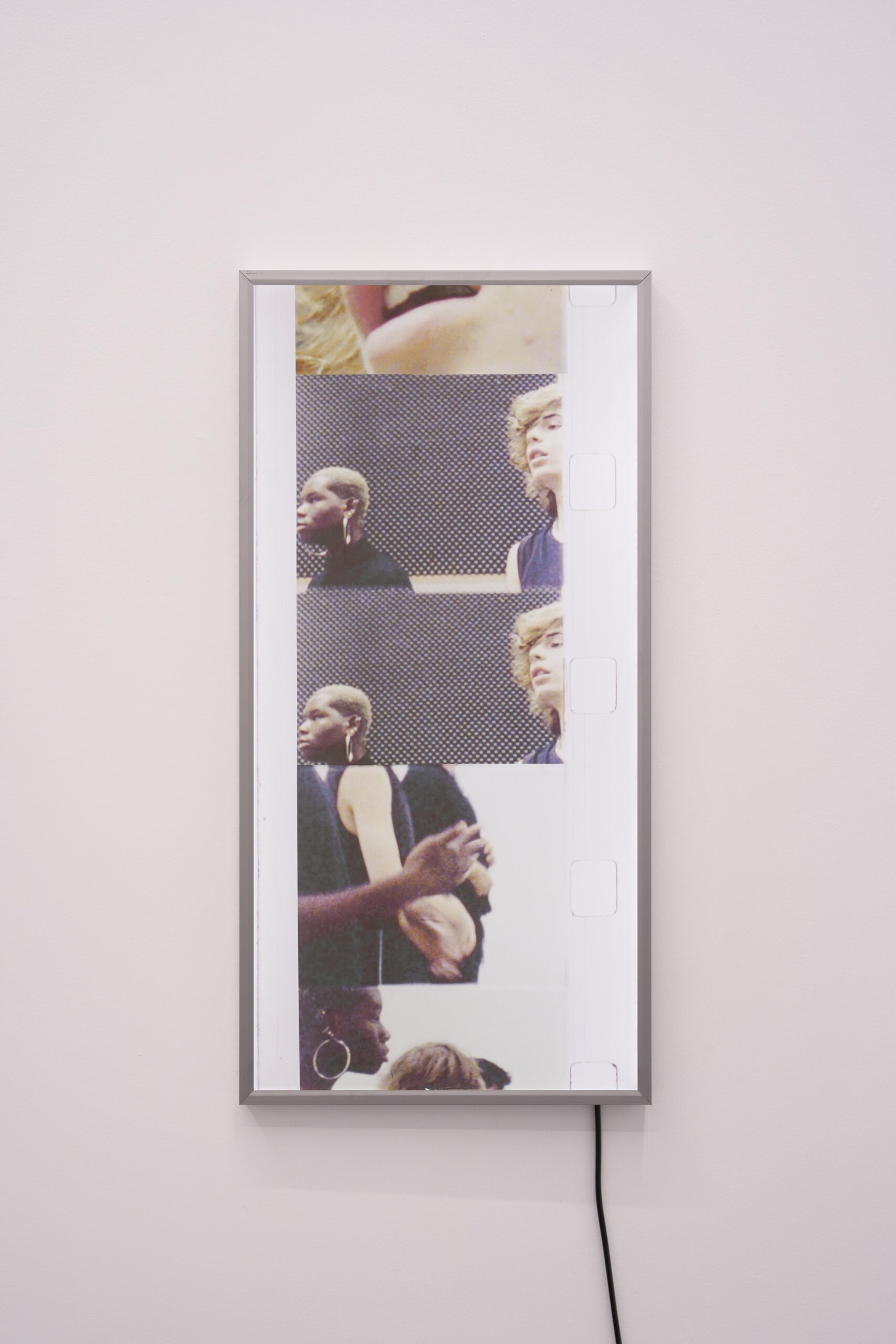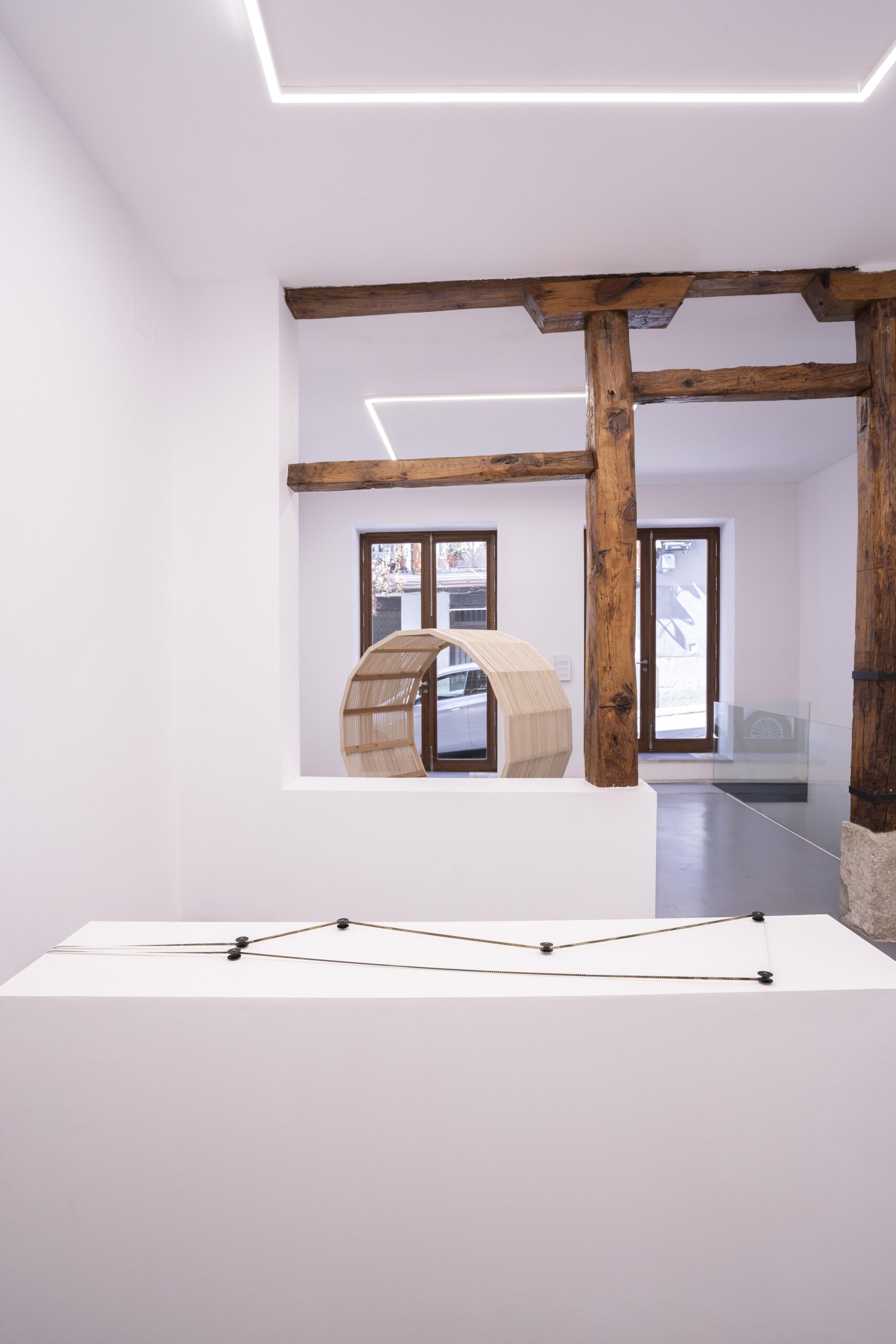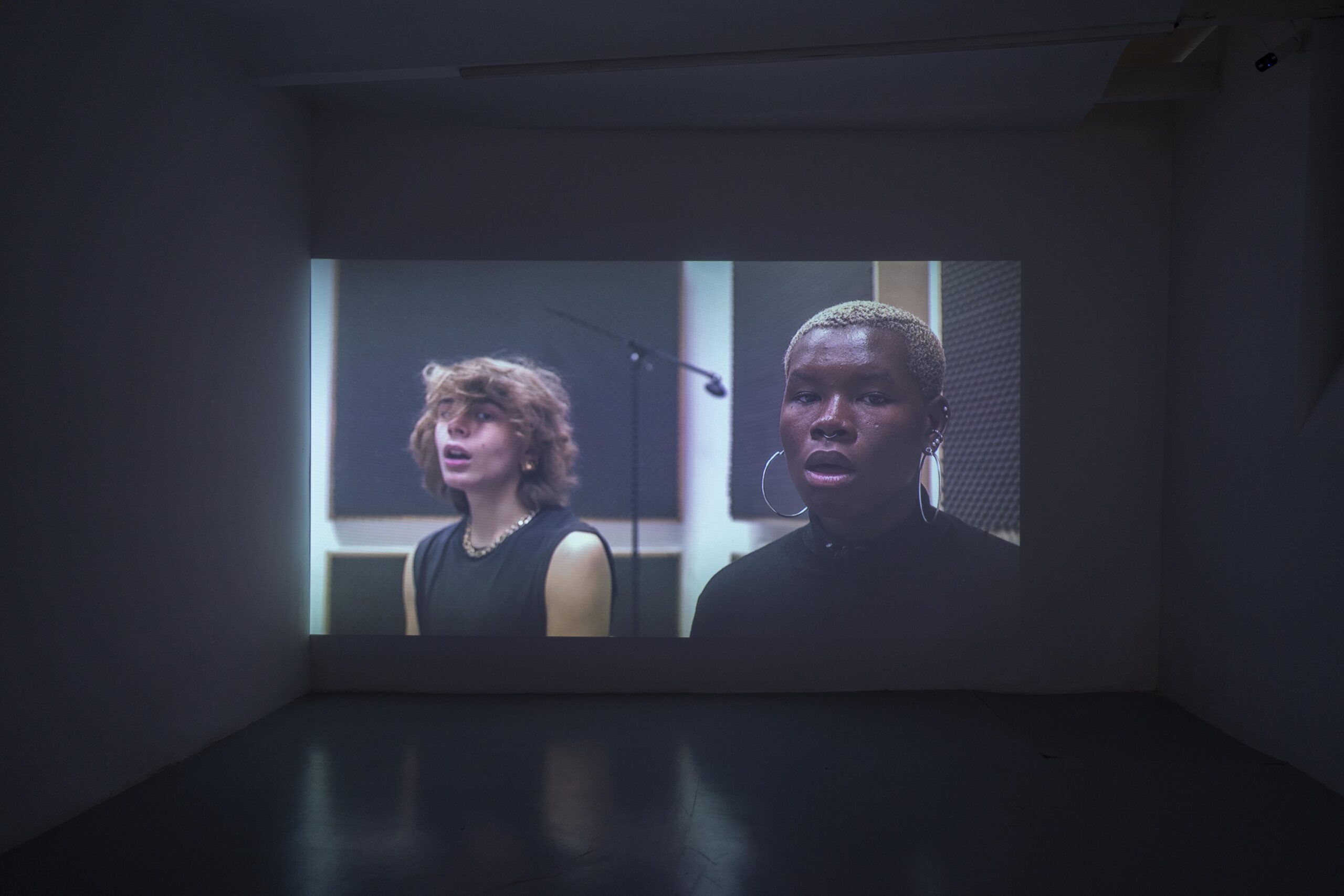For her second solo show at Rosa Santos gallery, Mar Reykjavik presents a body of work including sculpture, film, and a cinematic installation. Her ongoing interest in experimenting with the forms of the present, or the way in which presences emerge, has led her to develop The Somerhault, an ambitious system that explores methodology, the relationship between structure and content, archive and repertoire, repetition and singularity. By merging these ontological materials, she creates alternative logics that question the usefulness of art systems in our lives. Her work is centred around the video essay and deconstructing pre-existing structures that she seeks to understand from within, allowing her to unravel their inner mechanisms and create a new structure based on relationships, lived experiences, and perceptions. La Voltereta: Vaca minando un bichitofeatures a new installation that digs into the realm of the visual to ask the question: Is it possible to create a visual essay with a somersault-like form?
I The Impulse. Many Versions, hence, many worlds
The exhibition begins with a combustible sculpture in the gallery hall. Composed of sixteen sides and constructed with natural wooden slats, the sphere stands upright as an inert, vectorial, and complex material, similar to the technique of the master “fallero” who still works volumes with the “vareta”. Observing a structure of impeccable geometric precision is a blissful experience, but this piece seems also to function as a continuum from where all the artworks included in the exhibition emerge, fold, and unfold, as versions of the same system. It is Nelson Goodman to whom we owe the exhortation “many versions, hence, many worlds” – where he preaches the possibility of creating multiple versions of a world-system. In its translation to art, this idea confers certain continuity to the practice of versioning objects, testing the limits of frontality and representation.
II The Fall. A Non-technological technology
In the adjacent room, a large structure works as a platform and horizontal stage for a cinematic installation that sits at the central axis of the exhibition. It bears the title that gives name to the show and is accompanied by a series of backlit boxes that enhance the qualities of the celluloid emulsion extracted from the film arranged by sequences. The device is composed of the most basic elements of analogue cinema: an eight-millimetre projector, films, and reels. Its design evokes an electric circuit or a race track along which the film snakes in an endless loop. The machine projects light onto the footage, which following a curvilinear movement reveals close-ups, sometimes sharp, sometimes blurry, of the anatomy of few cows that seem to walk at eighteen frames per second. Mar is inspired by the studies of Temple Grandin and their translation into a system aimed at improving animal welfare. A technology that starts from an associative method of images capable of challenging language and bypassing thought as the sole engine of verbal representation. Here, the expansion of the analogue visual medium takes expression in the form of an installation while constructing a technology that unfolds from intuition and images, from which thought emerges.
III The Return. If I can do it, I can think it
The Somerhault is showcased in the final room. The film is formally structured in three acts, conceptually in five, and choreographically in nine. The version, the chant, adolescence, technology, and fire serve as the foundation for this methodological essay. As the work suggests, we could say that thinking with the body is thinking in action. That is, we put thought into what the body is able to do, rather than analysing the practice of movement itseff. The idea of externalising action from the inside is owed to Erin Manning, who points out that each artistic practice is in itself a way to think in the act. Following this logic, it would not be a matter of repeating the essay as a means to achieve il virtuoso, instead, “to make a small displacement with a gesture is to entrust its singularity to the action”, add Mar. Trusting the body as a motor of thought is a constant in her work, by showing us in digital and then in analogue, the bodies in transition of a group of teenagers who seem to negotiate self-sufficiency in the gentle exercise of unfinished execution in the rehearsal room. The Somersault is a place of transformation where performance, sequence, and variation take place at different rhythms. It is in that physical and temporal space where the present is inscribed, from which the material emerges to buld up this video essay. From The Somerhault we learn how to move away from the linear rigidity of structure, pattern, and repetition to return sensually to our own axis.
Text: Gema Darbo





